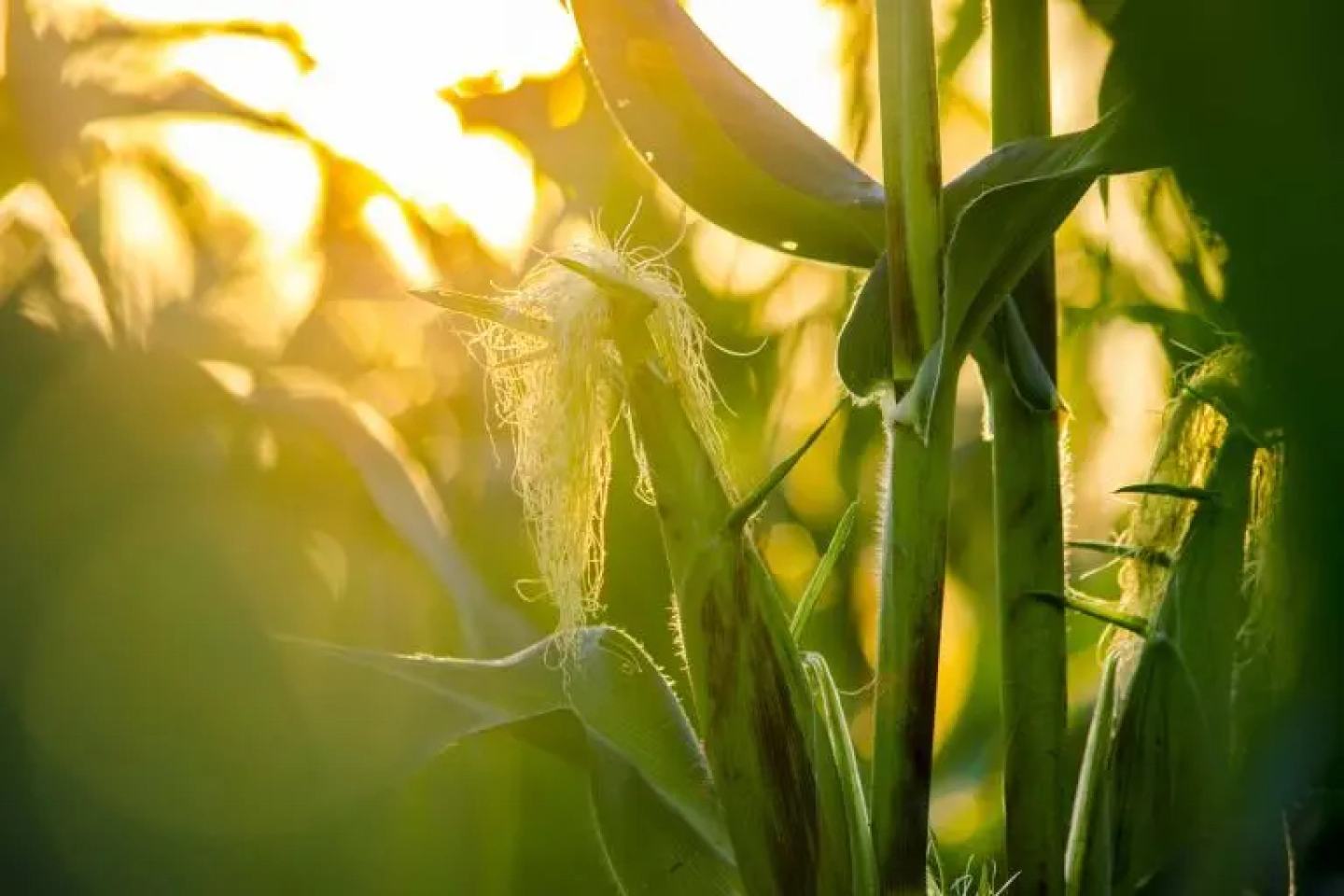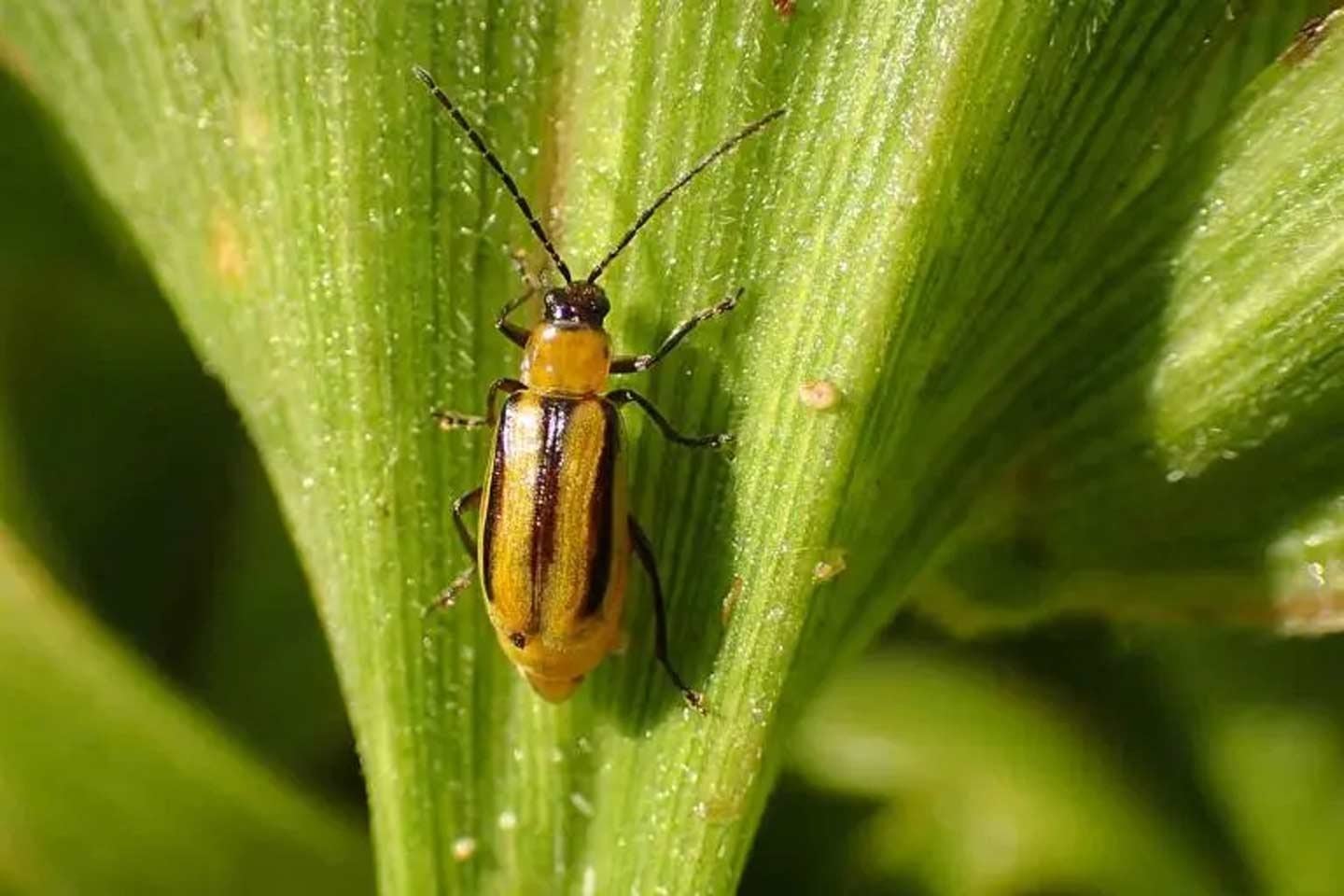Pest: Corn Rootworm
Corn rootworm, commonly referred to as the “Billion Dollar Bug,” is a substantial threat to the United States’ largest crop. Their remarkable resistance to varying control methods has caused them to be highly destructive for decades. Adult corn rootworm females lay eggs in the soil, the eggs hatch into larvae, the larvae then feed on root hairs, soft root tissue and possibly tunnel into the roots themselves. After infecting the root system, they impair the plant’s ability to uptake nutrients and water, leaving them more susceptible to drought and disease, costing farmers to lose large percentages of their yields.
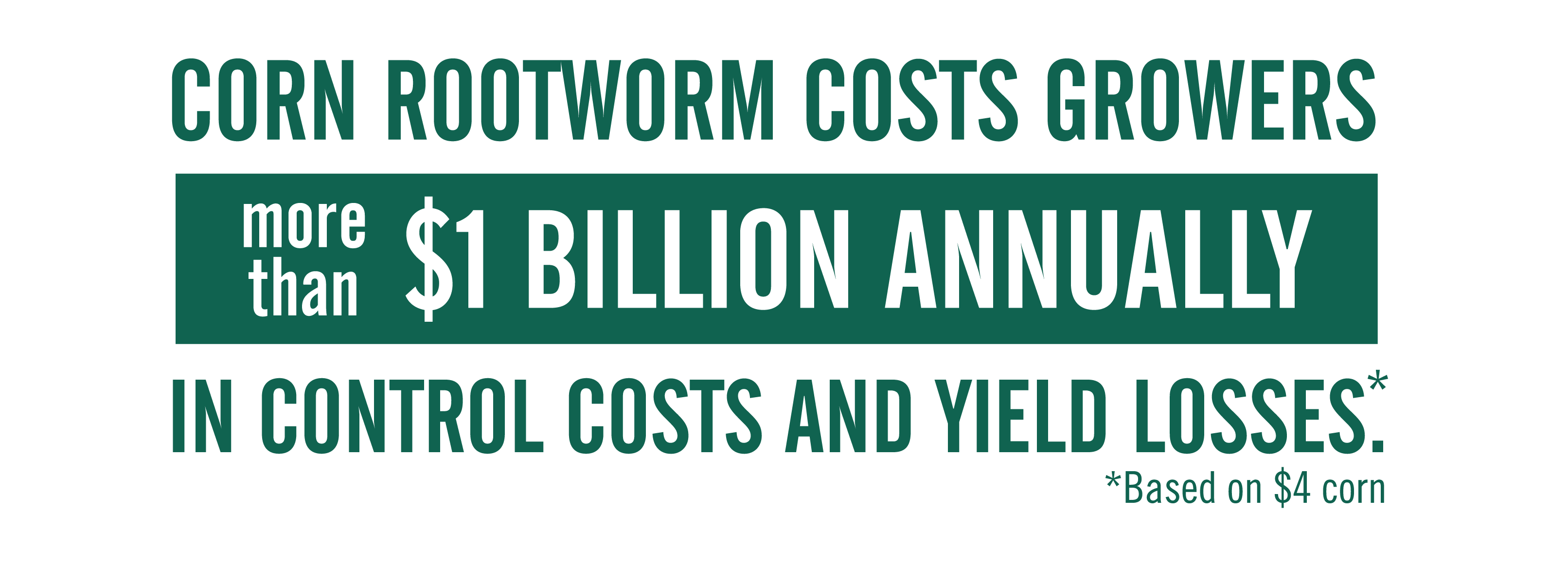
Ever-evolving Pest
Throughout its life cycle, corn rootworm can wreak havoc on crops, starting as larvae and progressing to full-grown beetles. Eggs hatch from the soil in the late spring to early summer and adults begin to emerge around mid-July where they instinctively crawl up and begin feeding on the corn. Adults feed for around two weeks before the females lay eggs in the soil and the cycle is repeated the following spring. Their burrowing behavior and ability to lie dormant make them hard to identify before the problem is too hard to fix.
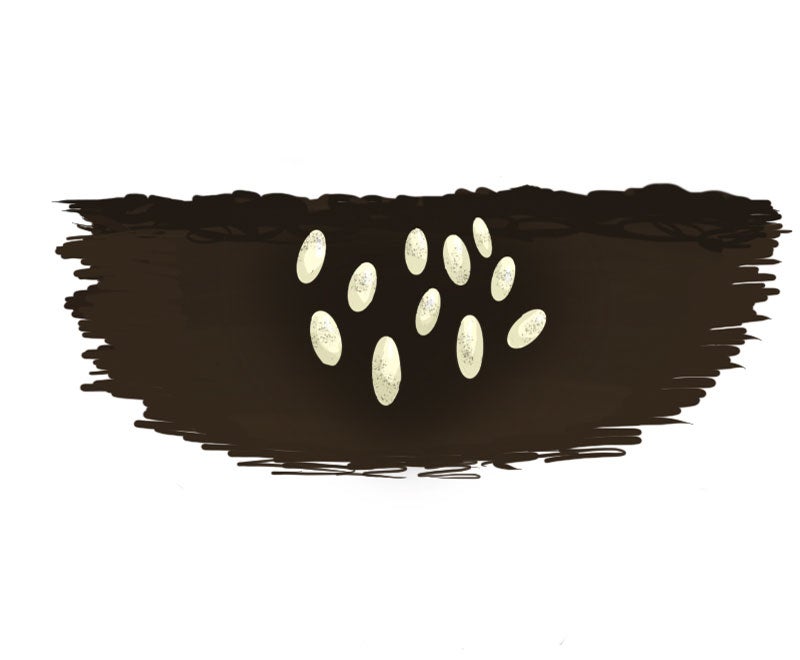
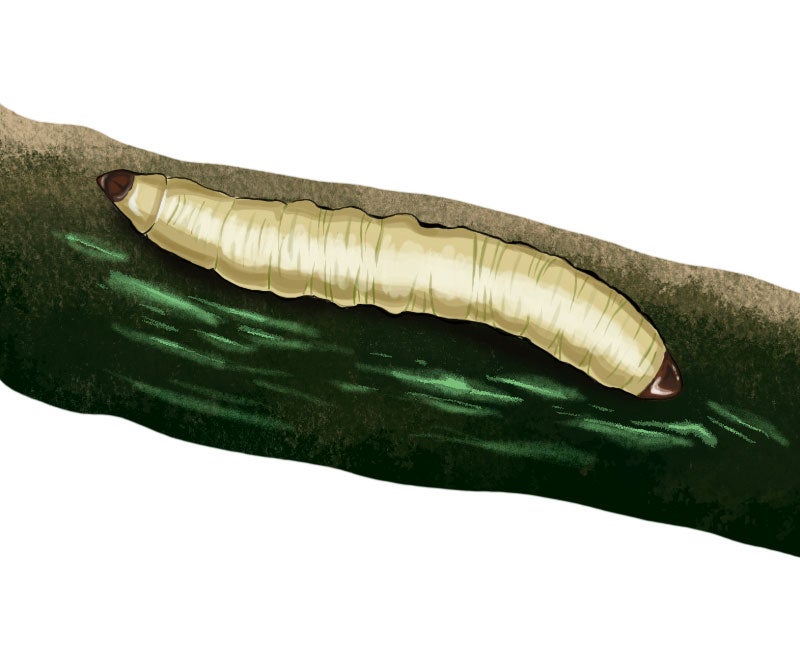
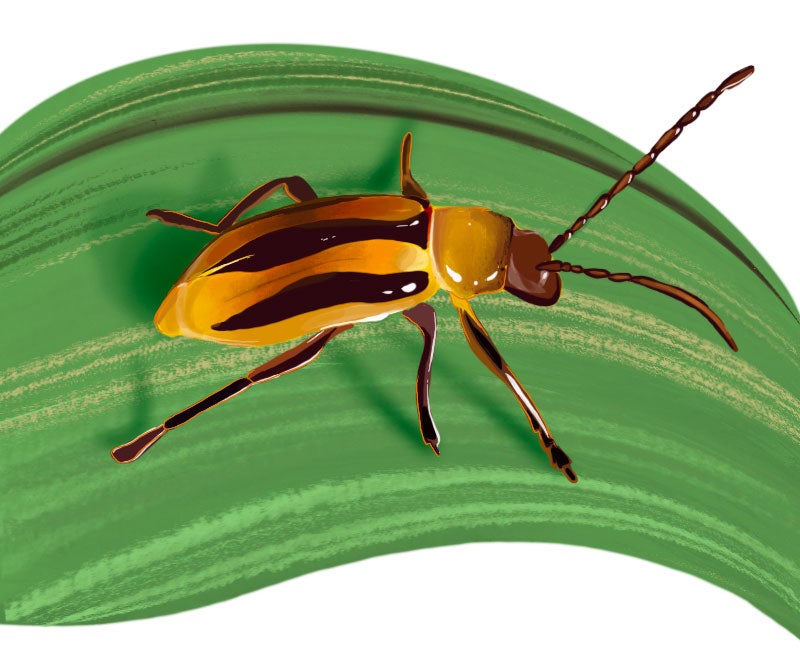
How to Control
Corn rootworm has a well-documented history of building resistance to various pest management methods. Excessive reliance on a single management system has resulted in the pest growing resistant to the three main kinds of treatment. Initially, in the mid to late 1900s, extensive use of an insecticide resulted in resistance. Consequently, this led to the westward expansion of corn rootworm with many populations remaining unaffected by the insecticide to this day. These pests have demonstrated resistance to crop rotation, rendering the practice ineffective in preventing infestations. Corn rootworm has also developed trait resistance to Bt traits in corn, even though farmers widely adopted it in the early 2000s under the assumption that it would protect against rootworms. However, learning from these challenges, the best way to control this pest is through an integrated approach. First, in-furrow treatment to control the larvae using Ethos® Elite LFR® insecticide/biofungicide. Second, Steward® EC insecticide to control adult females, ultimately reducing egg lay for the following season. Third, use of Bt traits targeting larval populations of corn rootworm. The integration of all three of these tactics is needed to stay one step ahead of this pest. Reliance on one tactic is not enough. A combination is needed to keep corn rootworm at bay.

Product Application For Optimal Control

At-Plant
Ethos Elite LFR insecticide/biofungicide
Defends against seedling pests. In areas where large corn rootworm populations are present, a multi-approach system may be needed for optimal pest management.
Adult Emergence
Steward® EC Insecticide
Should be applied to control adults before peak egg laying occurs. Typically, one to three adults per plant and 10% gravid females.
Ethos Elite LFR insecticide/biofungicide is a Restricted Use Pesticide. Always read and follow all label directions, precautions and restrictions for use. Some products may not be registered for sale or use in all states. FMC, the FMC logo, Ethos, LFR and Steward are trademarks of FMC Corporation or an affiliate. ©2023 FMC Corporation. All rights reserved. 23-FMC-1626 06/23


